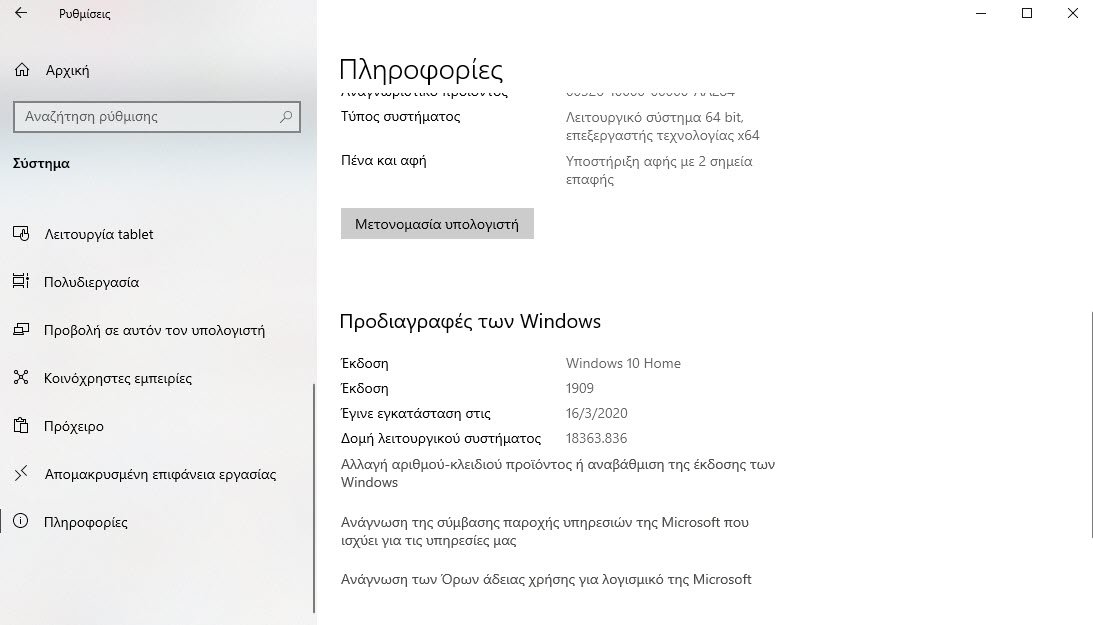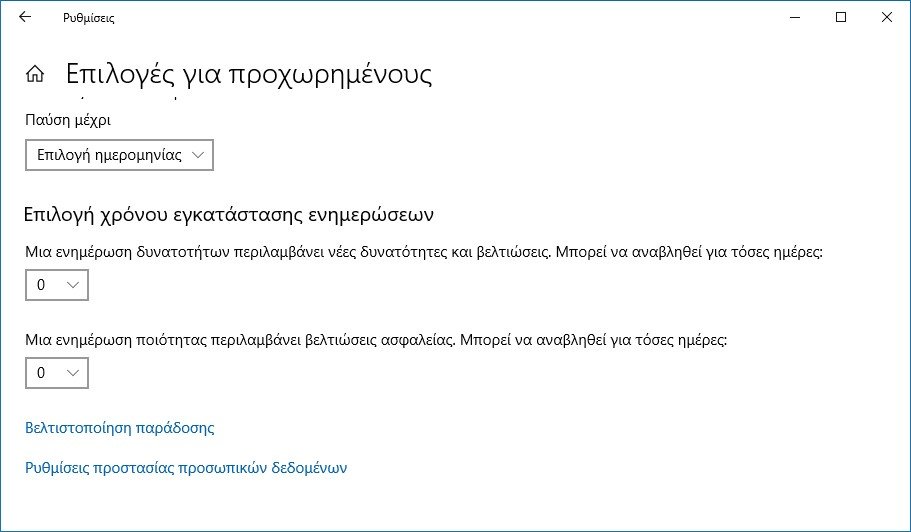Microsoft plans to release feature update Windows 10 May 2020 update (or Windows 10 in 2004 version) in the coming days. The new Windows 10 update will be released gradually on all systems running Windows 10.
How it will be distributed depends largely on the versions of Windows 10 and the devices you are using. If you are using a recent version of Windows 10, it will be very easy to skip the upcoming update, but if your device is using an older version, you will need to make some manual settings to block the installation of the new feature update.
The feature update is a major upgrade similar to the version 1903 of Windows 10. It brings new features and changes, but not as much as Windows 10 version 1903, but there are some very useful.
For example, there is a possibility to reinstall Windows using the Cloud, it brings improvements in the search, the replacement of the native Cortana with a Cortana application and the new Windows Subsystem for Linux 2. The new Edge is also in the new update.

Why block the Windows 10 update right now:
The main reason for blocking Microsoft updates is always the same: post-installation problems. Feature updates make many changes to the system and the potential for new ones errorτα είναι πολύ υψηλή. Στο παρελθόν, έχουμε δει σφάλματα να διαγράφουν δεδομένα, να διακόπτουν την σύνδεση στο internet, να εμφανίζουν προβλήματα στην αναζήτηση ή το μενού Έναρξης των Windows ή να εμποδίζουν την εκκίνηση του συστήματος.
The upcoming version of Windows 10, 2004 it brings new features and improvements, but you can never be sure how it will behave on your device.
Blocking updates, however, has been improved in the latest versions of Windows 10:
The first thing you need to do is check the version of your operating system if you do not know it.

In the search, enter winver and select the application that will appear in Results. To see the version of your operating system from the settings follow the path Start – Settings – System – (scroll down) Information.
If your operating system version is 1903 or 1909, then everything is easy.
Microsoft has added a new functionality for new feature updates to Windows 10 since version 1903. This feature separates feature updates from other updates.
In other words: Feature update is no longer automatically available on systems or when the administrator manually clicks for a new check for updates.
It exists as a link at σελίδα and all you need is to not click on “download and install”.
Things are very different if your system is Windows 10 version 1803 or 1809. Updates are automatically provided on these systems and will be installed automatically. They will also be installed if you do a manual check for updates.

In systems Pro, administrators should make policies to prevent feature updates from being installed or to follow the path Start - Settings - Update & Security - Advanced Options to postpone feature updates.
For Home versions, there is no such option. Of course it is possible to block all updates using tools third parties.
In the past, setting your network connection to metered prevented you from receiving updates, but the method does not always work 100%. The problem disappears when your system is updated to Windows 10 version 1903 or later.
In general, Windows 10 systems 1803 and 1809 will need to be updated to a newer version this year to continue to be supported.
But since we are talking about Microsoft updates, it would be good to wait a few months before the upgrade.





